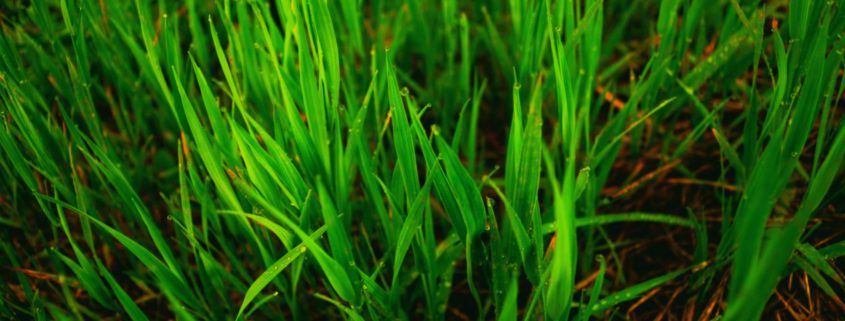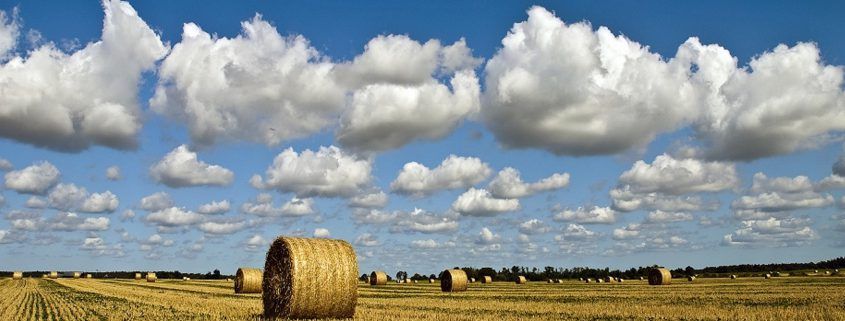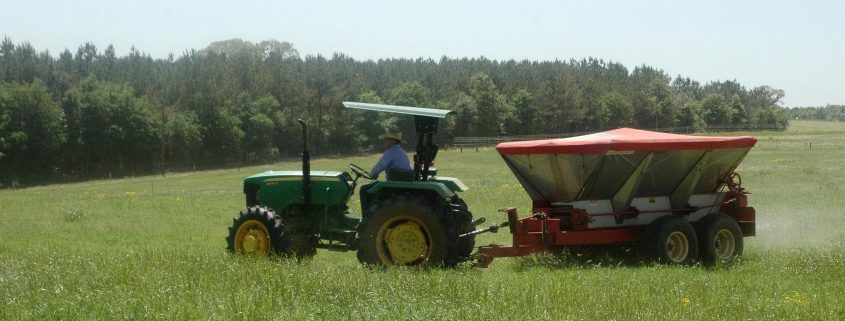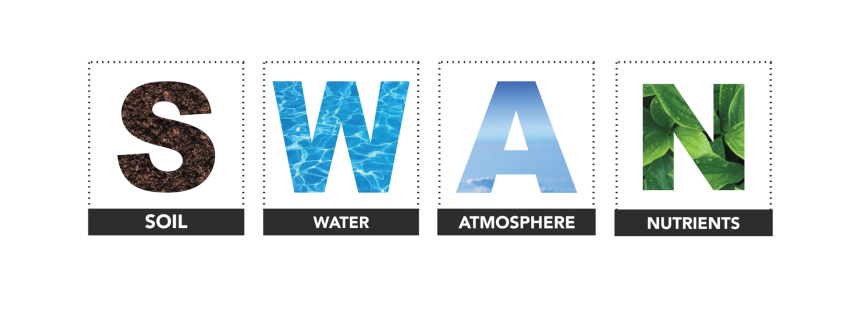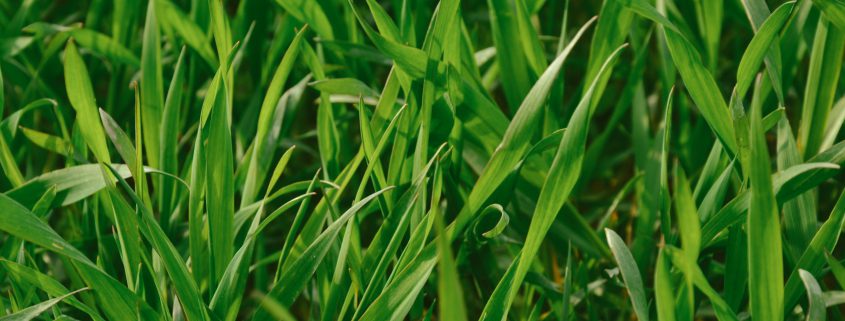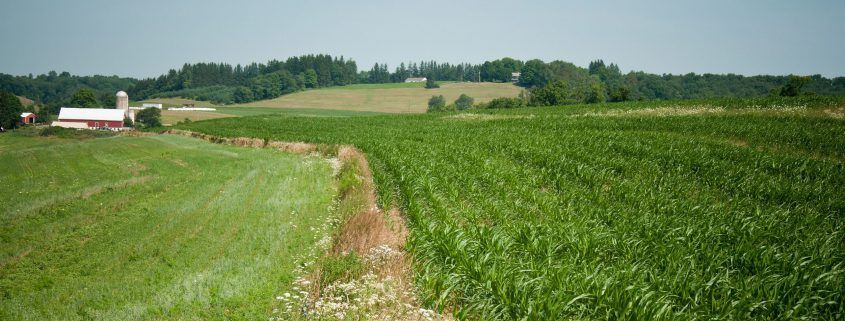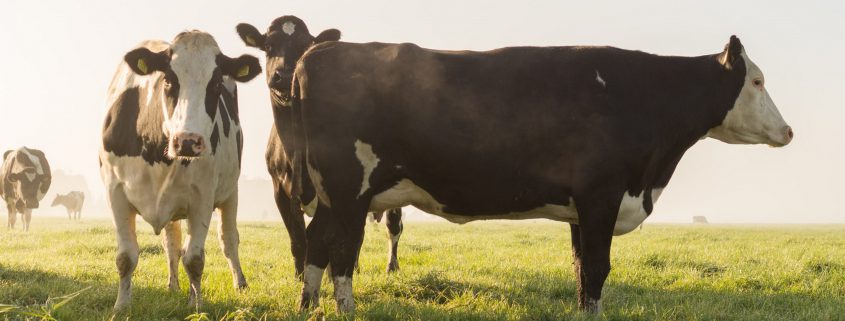Soil carbon: A case study in the Tsitsikamma
Carbon in the soil is stored in an organic (or passive) form and an active form. The difference between the two is that the active carbon form is readily available as a food source for microbes, whereas the organic form replenishes the active form and is not readily available to all groups of microorganisms.

